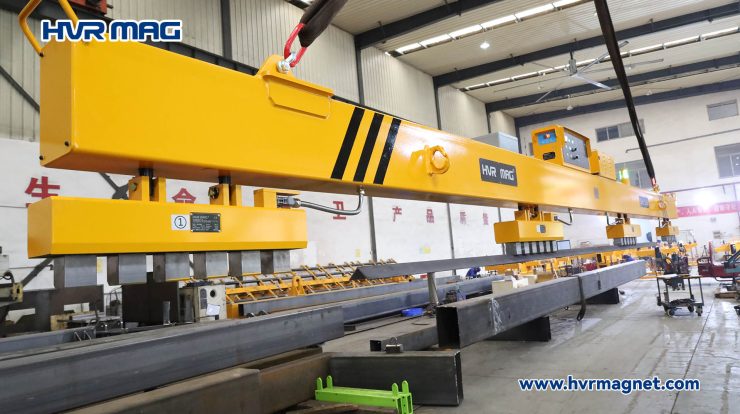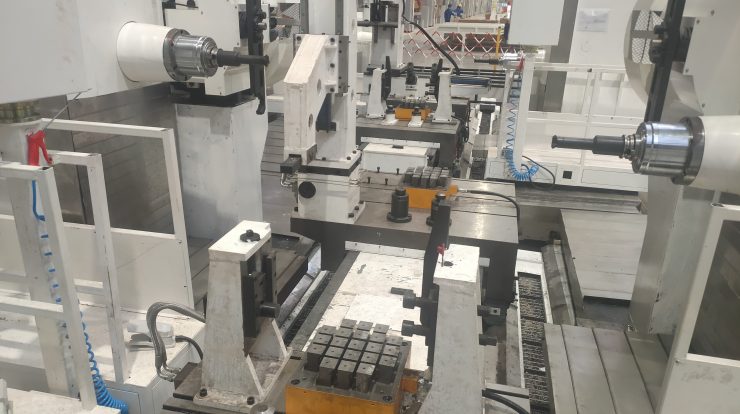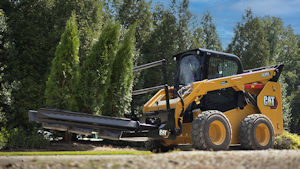Can vacuum end effector be replaced by magnetic gripper?
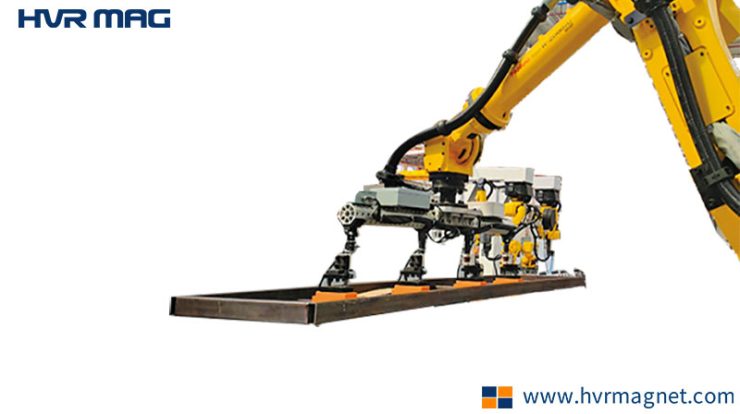
In the field of automation and robotics, end effectors play a crucial role in the success of a project. End effectors are devices that are attached to the end of a robotic arm and are used to grasp, manipulate, and move objects. Two of the most popular types of end effectors are vacuum end effector and magnetic gripper.
When it comes to handling steel, vacuum end effector and magnetic grippers are the two most commonly used options. While vacuum end effector have been a popular choice for a long time, magnetic grippers have gained popularity in recent years due to their unique advantages. But can vacuum end effector be replaced by magnetic gripper when handling steel? Let’s find out.
Comparison of vacuum end effector and magnetic gripper
Vacuum end effector work by creating a vacuum to hold and lift objects. They are particularly useful for handling non-magnetic objects or objects with uneven surfaces. However, when it comes to handling steel, vacuum end effector may not be the best choice. Steel is typically a ferromagnetic material, which means it can be easily attracted to a magnetic field.
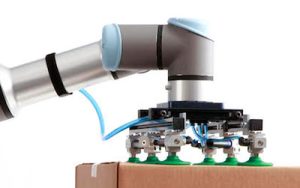
Magnetic grippers, on the other hand, use powerful magnets to hold and lift objects. They are especially useful for handling ferromagnetic materials like steel. Magnetic grippers have several advantages over vacuum end effectors when it comes to handling steel. For example, they provide a stronger grip on the object, which reduces the risk of dropping or damaging it. Additionally, magnetic grippers don’t require a vacuum source, which means they can be used in environments where a vacuum system is not available or not practical.
Another advantage of magnetic grippers is that they are more versatile than vacuum end effector. They can handle a wider range of shapes and sizes of steel objects, including flat and curved surfaces. Magnetic grippers also require less maintenance than vacuum end effectors since they have no moving parts.
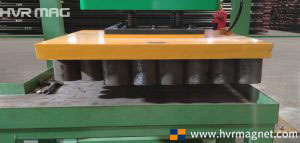
Conclusion
When handling steel, magnetic grippers are generally a better choice than vacuum end effectors. They provide a stronger grip, are more versatile, and require less maintenance. However, it’s important to note that magnetic grippers may not be suitable for handling non-magnetic objects or objects with uneven surfaces. The choice between the two will ultimately depend on the specific application and the requirements of the project.
The magnetic grips of the HVR MAG are all made of electro-permanent magnets. An electropermanent magnet (EPM) combines the features of both an electromagnet and a permanent magnet. It is a magnet that can be turned on and off using an electrical current, but once it is turned on, it will remain magnetized even if the current is turned off.
Here are some of the key features of electropermanent magnets:
High holding force: EPMs can generate a high holding force, making them ideal for applications that require strong magnetic grip.
Energy efficient: Since EPMs only require a pulse of electrical current to turn on and off, they are very energy efficient compared to traditional electromagnets.
Safe: EPMs are considered safer than traditional electromagnets because they do not require a continuous flow of electrical current to maintain their magnetic field.
Precise control: EPMs can be controlled with high precision, allowing for accurate positioning and movement of magnetic objects.
No heat generation: Unlike traditional electromagnets, EPMs do not generate heat during operation, which can extend their lifespan and make them suitable for use in high-temperature environments.
Low maintenance: EPMs require minimal maintenance since they have no moving parts and do not require a continuous flow of electrical current.
If you are looking for robot grippers for automated production and smart manufacturing, please contact us.

